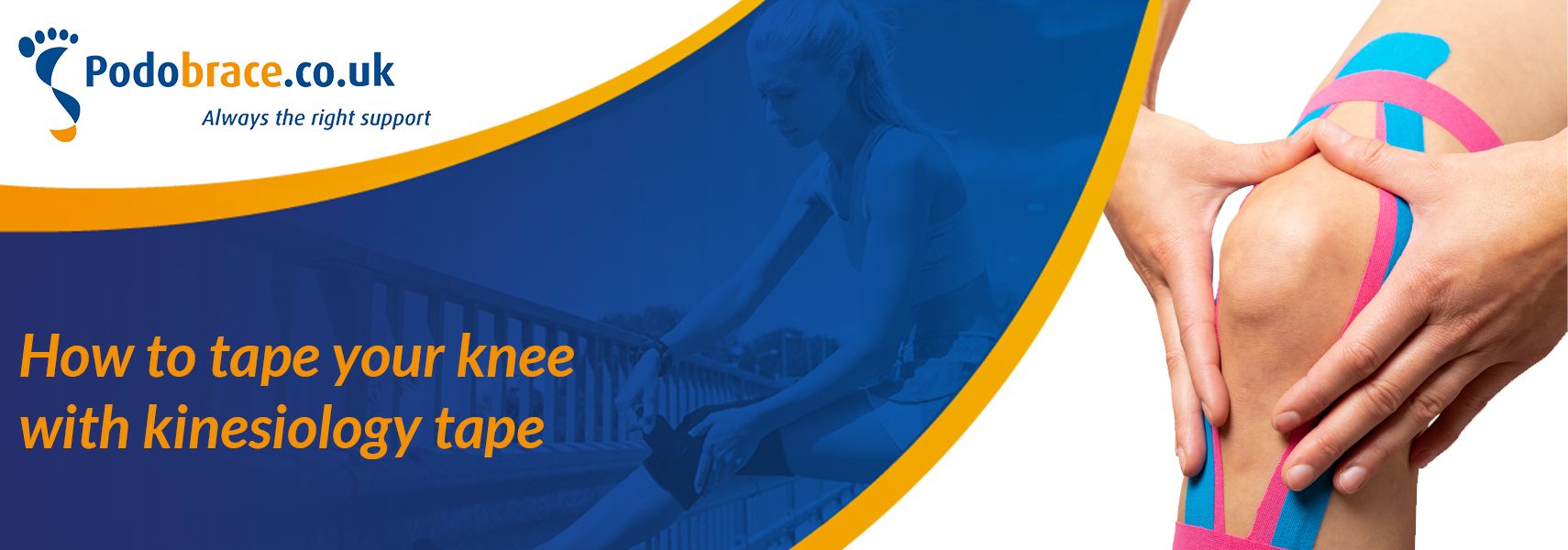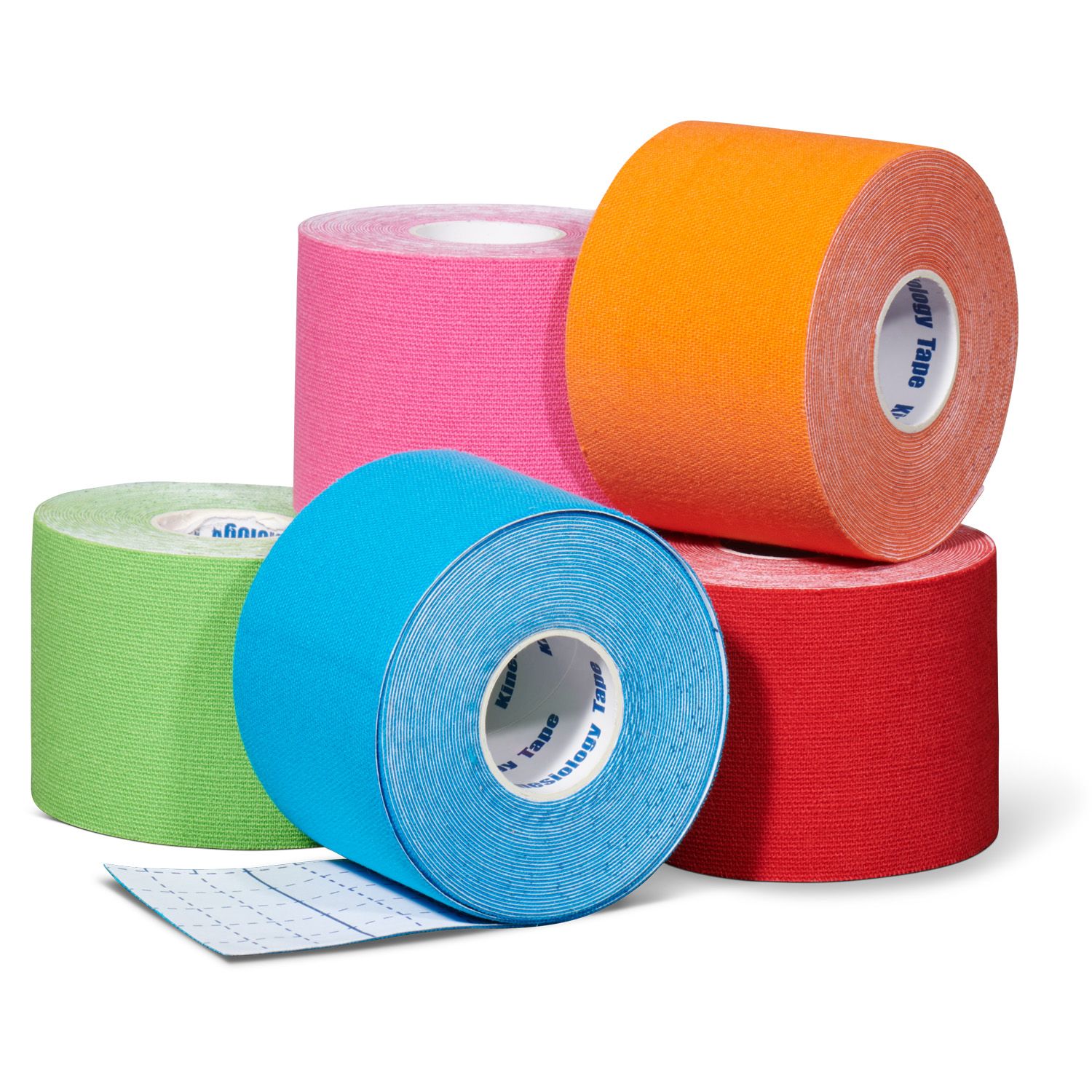Knee injuries are one of the most common injuries and are caused by various factors. If your knee is bothering you after intensive therapy, it may be helpful to tape it with kinesiology tape. Taping the knee is extremely effective in reducing knee problems.
Osteoarthritis of the knee, jumpers knee and sprained, or torn knee ligaments are common knee injuries. They often occur as a result of intensive sport on a hard surface. However, knee pain can have various causes and is not simply the result of wear and tear or overuse. A so-called theatre knee (slight damage to the back of the kneecap) is caused by sitting still for long periods with a bent knee. This disrupts muscle function, resulting in shortened muscles and loss of strength.
Pain in the knee can be caused by damage to the cartilage below the kneecap through overuse or injury. This causes your pain to increase and activities such as running, cycling and climbing stairs become more painful. Below, we explain how you can best tape your knee to reduce pain.
What's the best way to tape your knee with kinesiology tape?
Firstly, it is important that the skin be dry and clean. This will ensure a good adhesion of the kinesiology tape to your skin. Make sure that any lotion or soap residue is removed from your skin. Good, sharp scissors are essential for cutting the tape. Start by cutting 2 strips of tape of 15 centimetres. It is important that the rectangular ends are cut round.
- Sit relaxed with your leg bent 90 degrees.
- Take one of the strips of kinesiology tape and carefully stick it to the outside of the kneecap. Follow the curve of the knee both above and below and gently press the tape onto the skin.
- Press the tape firmly
- Then take the other piece of kinesiology tape and apply it in the same way. Note: this piece must be on the inside of the knee!
When in need of more stability, follow the next steps:
- Cut 2 strips of 20 centimetres, again making sure the ends are round.
- Again, maintain a relaxed posture and keep your leg bent at a 90-degree angle.
- Take the first strip of kinesiology tape and place it on the outside of the knee, half over and half under the tape you have previously applied.
- Follow the tape you have already put on your knee and rub it well.
- Do the same on the inside of your knee. Make sure that there is an overlap between the strip of kinesiology tape and the piece on the outside.
Do you have any questions about kinesiology tape or how it works? Please do not hesitate to contact our highly skilled customer service team. They will be happy to answer all your questions.








